Olympic Contenders Find Flagstaff Ideal for Altitude Training
The best location on the planet for high-altitude training is very likely 7000 feet above sea level in northern Arizona.
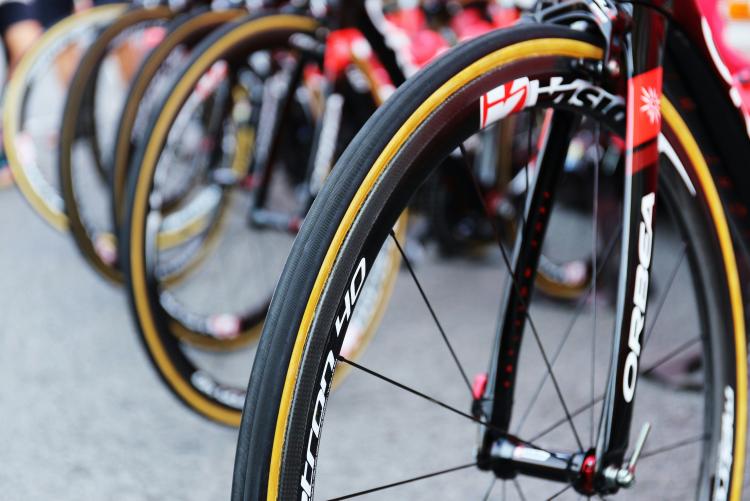
The best location on the planet for high-altitude training is very likely 7000 feet above sea level in northern Arizona, according to Dan Bergland, a sport physiologist at HYPO2 sport management.
“We’re at a sweet spot for altitude,” says Bergland, owner of the Flagstaff-based company that provides camps and programs for elite, Olympic-level athletes and teams from around the world.
“If you go higher, there can be some negative training effects. If you go lower, you’re to minimize the altitude benefits,” the high-altitude training expert said. Olympic contenders have come to Flagstaff since before the 1968 Summer Olympic Games in Mexico City. By training at elevation, athletes increase their red blood cells that deliver oxygen to the muscles, which in turn boosts their performance.
Some studies have shown enhanced sea-level performance by elite athletes spending three to five weeks at elevation. Therefore, many elite athletes targeting the Olympics in Paris this year are training at elevation in Flagstaff.
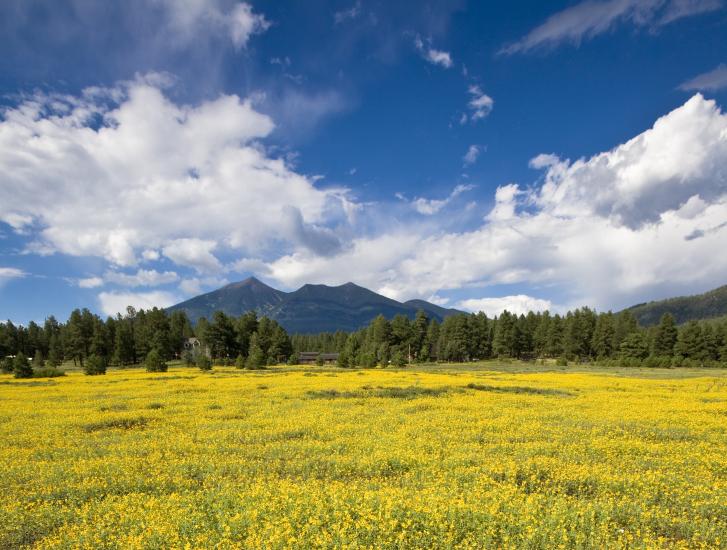
Flagstaff: Where Olympic training gains altitude
“Flagstaff is an amazing place to train,” reports two-time Olympian Tyler Mislawchuk. The Canadian founded the Flagstaff Triathlon Club with fellow triathletes Mike Arishita and Matthew McElroy. Mislawchuk just hit the criteria for the Canadian Triathlon Olympic team for a third Olympic appearance. McElroy is a contender for the U.S. Olympic team, which has not yet been selected.
“That’s how we ended up in Flagstaff,” Mislawchuk explained. “We trained here, and some of us loved it so much that we made it our home base. It’s such an amazing hub for anything outdoors.”
Come for the 7K feet, stay for Flagstaff
“You come for the 7,000 feet, and then you stay for the beauty of the trails and endless options,” shares the Olympian, who trained for three weeks on his gravel bike without riding the same trail twice.
“Olympic athletes want to come here because it’s Flagstaff,” Bergland agrees. “We have nice restaurants, a welcoming community, and better hotels than other high-altitude training centers that offer a basic dorm with a pool.”
Athletes don’t feel disconnected from the world the way they might feel at a secluded high-altitude training facility in Europe.
In addition, extracurricular activities such as the Grand Canyon, Route 66 attractions and Lowell Observatory, home of Pluto, give athletes plenty to do between workouts, even if they are staying for weeks.
Add to that the high-quality training venues around town and on the Northern Arizona University campus, plus the strong sports culture that welcomes elite athletes to train, and Flagstaff could possibly be the best place on the planet for altitude training.
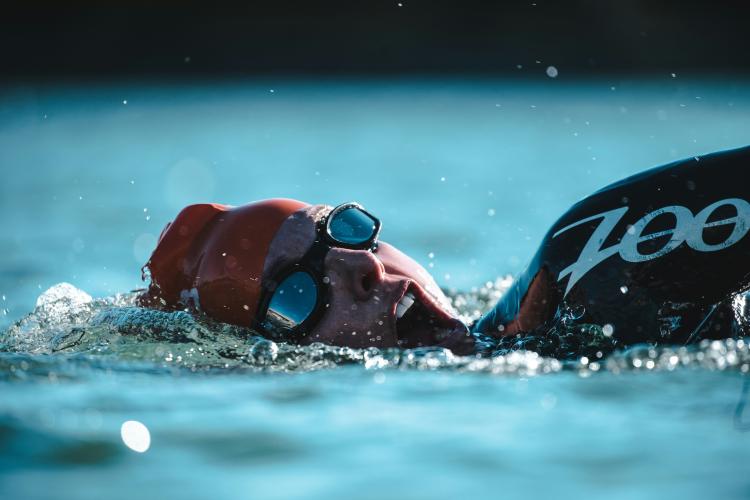
World-class athletes visit Flagstaff on their journey to the Olympics
HYPO2 recently had swimmers from Australia, Israel, Czechoslovakia, Hong Kong, Estonia, Great Britain, Austria, Belgium and Ireland altitude training in Wall Aquatic Center on the NAU campus.
“It’s amazing how well this pool is utilized,” Bergland said the Olympics workout advisor at HYPO2, whose company slogan is ”Turning Thin Air Into Gold.“
“I had to turn away two country swimming teams because there was no more space,” he said. “Next month, Brazil, Japan and more will be here.”
Wall Aquatic Center was called “one of the best high-altitude training sites in the world” by AthleticBusiness.com.
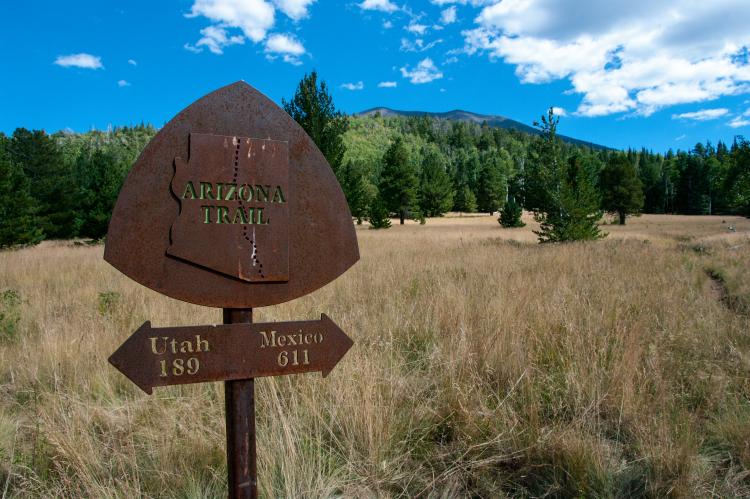
Live high/train low workout for Olympics
“Most physiologists believe in the ’live high/train low’ high altitude training method,” Bergland explains.
“A few destinations in the world are in that 7,000-8,000 feet sweet spot, too, but what sets Flagstaff apart is that athletes can jump in a car and, in a short drive, be at a lower altitude. … Most of my runners have track workouts in Sedona and Cottonwood during their training here. You can do that in Flagstaff!”
“Teams like coming to Flagstaff because there are so many beautiful trails. They can spend a whole month here and never run on the same trail,” Bergland continues. “When returning to Flagstaff, they look forward to their favorite coffee shops and restaurants. They don’t have those kinds of choices at other Olympic training centers.”
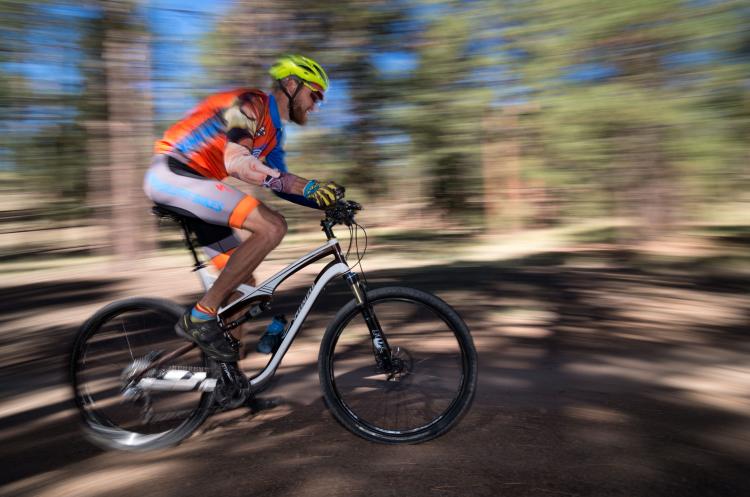
Weekend warriors love Flagstaff, too
You don’t have to be an aspiring Olympian to love the Flagstaff outdoor scene. Weekend warriors are drawn by the abundance of Flagstaff trails. Whether you’re a gravel or mountain biker, trail or road runner, Flagstaff and northern Arizona offer so many options that you won’t have time to explore them all in one season.
Named among the “top 10 towns for high-altitude running” by Outside magazine, Flagstaff welcomes runners, cyclists and hikers of any experience level.
The city has running clubs, camps and aquatic facilities:
Northern Arizona Trail Runners Association promotes trail running in Northern Arizona to people of all abilities. They organize group runs of five to eight miles, rotating a mix of over 75 different trails on Saturday mornings, whether rain, snow or shine.
Hoka Northern Arizona Elite helps athletes achieve their goals with a human-centered approach to high performance. Ben Rosario, executive director and former head coach, led the team to over 80 wins, 13 national titles, ten World Marathon Major Top Tens, eight World Championship appearances, and one Olympic Trials Marathon victory.
NAU Wall Aquatic Center offers open swim hours to the public. Check their website for times.
Flagstaff Aquaplex has a pool at around 7,000 feet. Check the website for available times.
Flagstaff Run Series offers events throughout the year and is sponsored by Loven Contracting, The Box Studio, Pizzicletta, Run Flagstaff and the Northern Arizona Trail Runners Association.
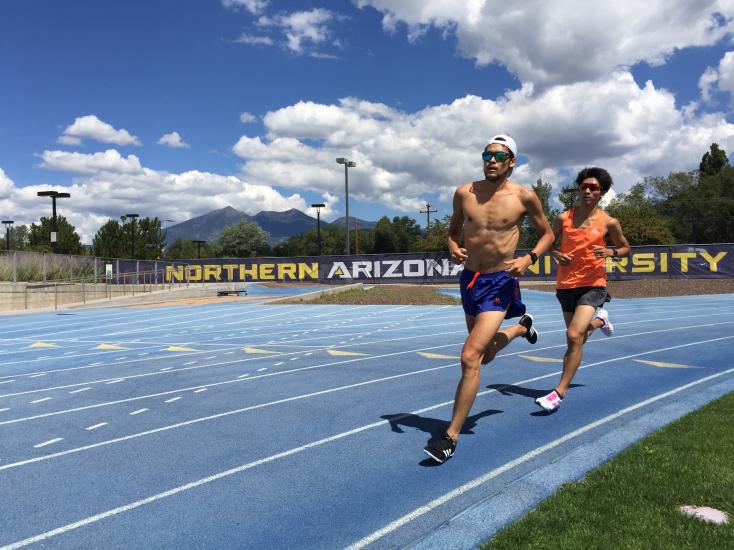
High altitude running camps for high school athletes
Parents will want to check out these running camps for their junior and senior high-school-aged children.
Northern Arizona Lumberjack Cross Country Camp is the nation’s leading camp for high school runners, offering an unparalleled camp experience in Flagstaff. Year after year, the camp extends an exceptional chance for high school athletes in grades 9-12 to train in the company of the six-time NCAA Division I Cross Country National Champions. It also offers a valuable learning experience from the distinguished coaches and athletes behind these remarkable achievements.
Project Gold Running Camp is co-ed and designed for distance runners of all abilities, grades 7-12. They have the opportunity to train at elevation and make friends that could last a lifetime.
Flagstaff high-altitude training picks up in Olympic year
Athletes from all over the world train in the rarified air of Flagstaff — endurance athletes from runners to swimmers to cyclists. And with this being an Olympic year, more Olympians and Olympic hopefuls are altitude training here than ever. They come initially for the air — or lack thereof — but return because of the city and their exceptional experiences here.
“I watch these athletes competing against each other in the Olympics and other competitions, and I know they are friends. They know each other because of the altitude training they did in Flagstaff. Flagstaff brings people together,” concludes Bergland.
About the Author

Stacey Wittig
Stacey Wittig’s adventures have led her up the Inca Trail in Peru eating fried caterpillars, across the plains of Spain enjoying steamed barnacles, and through the vineyards of Cinque Terre sipping Chianti Classico. “The Grand Canyon State is a remarkable place to call home,” declares the wandering writer, who writes from her home in Flagstaff.